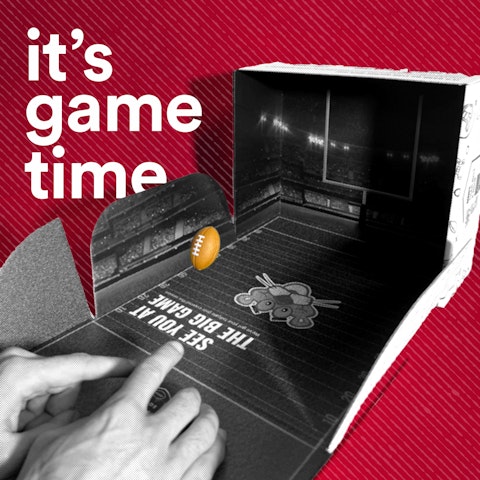Business Strategy, marketing & branding
7 tips for successfully navigating a merger or acquisition
So you’re managing a new acquisition. How do you prepare to create one happy family? In our experience guiding c-suite leaders as they navigate the process, we've noticed there is no one-size-fits-all solution. But there are seven critical questions that make the difference between a graceful implementation or a floundering one. Learn how to answer them with confidence and ensure your newly expanded organization can thrive.



